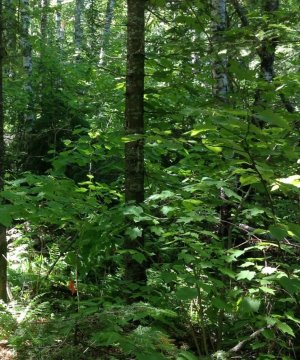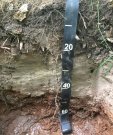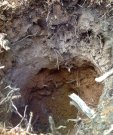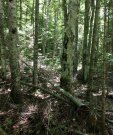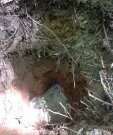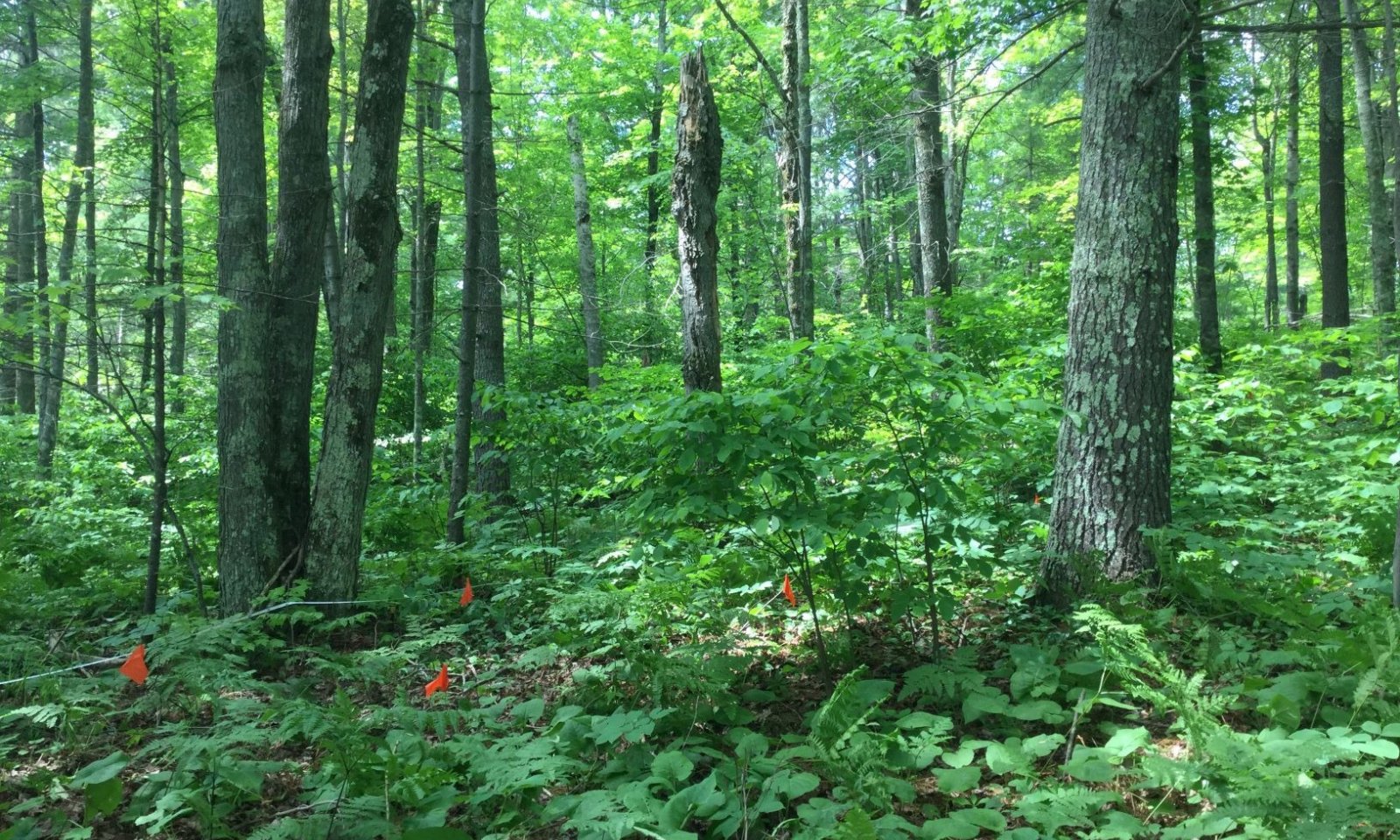
Sandy Sandstone Uplands
Scenario model
Current ecosystem state
Select a state
Management practices/drivers
Select a transition or restoration pathway
-
Transition T1A
Stand replacing disturbance e.g. blow-down ad fire, or clear-cutting, followed by fire. Regeneration by natural seeding or planting.
More details -
Restoration pathway R2A
Fire control, time, natural succession.
More details -
Transition T2A
Grazing by livestock. Disruption of tree regeneration and ground vegetation.
More details -
Transition T2B
Removal of natural vegetation, plowing, fertilizing, irrigating, planting agricultural crops.
More details -
Restoration pathway R3A
Removing livestock from stands.
More details -
Transition T3A
Removal of natural vegetation, plowing, fertilizing, irrigating, planting agricultural crops.
More details -
Restoration pathway R4A
Cessation of agricultural crop cultivation, replanting trees.
More details -
No transition or restoration pathway between the selected states has been described
Target ecosystem state
Select a state
Description
In the long-term absence of stand replacing disturbance, the tree species composition of forest communities on this ecological site fluctuates among a relatively large number of species such as white pine (Pinus strobus), red pine (P. Resinosa), Jack pine (P. banksiana), red oak (Quercus rubra), red maple (Acer rubrum), balsam for (Abies balsamea) and white spruce (Picea alba). This fluctuation is the result of a range of common, but less severe, disturbances, natural mortality and species differences in regeneration requirements and tolerance of understory conditions. While community species composition and structure can be viewed as a continuum, two distinct community phases can be described as representing the opposite ends of a continuum.
Submodel
Description
Intermediate disturbance or large scale disturbance can lead to this early to mid-successional forest state, The tree species composition of forest communities in this state is dependent on disturbance type and seed source available. This state represents a continuum from a pioneer type community of aspen-paper birch to Jack pine forest to mixed white and red pine forests. Red pine plantations are also common on this ecological site. Eventually this state will progress to a mixed species forest that will mature toward the reference state. The major difference will be remnants of the aspen or paper birch that might have dominated earlier and a younger age of the later dominant overstory pines, red oak, and red maple.
Submodel
States 1, 5 and 2 (additional transitions)
2.1. White pine – Red pine Forest
2.5. Mixed Species Phase
2.2. Red Pine Plantation
Description
Livestock grazed forests are more often referred to as woodlands rather than forests because this long-term land use significantly changes some soil characteristics and nature of vegetative community. Species composition is altered by selective browsing and grazing as well as by distribution of seeds and other propagules by grazing animals. In addition, soil compaction differentially affects germination and establishment of plant species, including trees.
Submodel
Mechanism
Stand-replacing disturbance, such as blow-down, or ice storm, followed by fire, or clear-cut logging, followed by natural regeneration or site preparation and planting.
Mechanism
Time. Natural succession by shade-tolerant species e.g.: red maple, balsam fir, white spruce and white pine.
Mechanism
Elimination of forest cover and introduction of tilling, fertilizing and/or irrigation.
Mechanism
Elimination of forest cover and introduction of tilling, fertilizing and/or irrigation.
Model keys
Briefcase
Add ecological sites and Major Land Resource Areas to your briefcase by clicking on the briefcase (![]() ) icon wherever it occurs. Drag and drop items to reorder. Cookies are used to store briefcase items between browsing sessions. Because of this, the number of items that can be added to your briefcase is limited, and briefcase items added on one device and browser cannot be accessed from another device or browser. Users who do not wish to place cookies on their devices should not use the briefcase tool. Briefcase cookies serve no other purpose than described here and are deleted whenever browsing history is cleared.
) icon wherever it occurs. Drag and drop items to reorder. Cookies are used to store briefcase items between browsing sessions. Because of this, the number of items that can be added to your briefcase is limited, and briefcase items added on one device and browser cannot be accessed from another device or browser. Users who do not wish to place cookies on their devices should not use the briefcase tool. Briefcase cookies serve no other purpose than described here and are deleted whenever browsing history is cleared.
Ecological sites
Major Land Resource Areas
The Ecosystem Dynamics Interpretive Tool is an information system framework developed by the USDA-ARS Jornada Experimental Range, USDA Natural Resources Conservation Service, and New Mexico State University.

